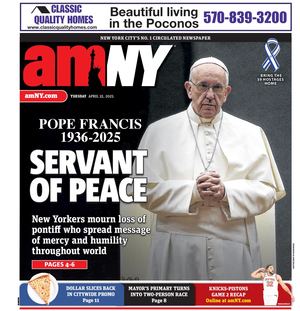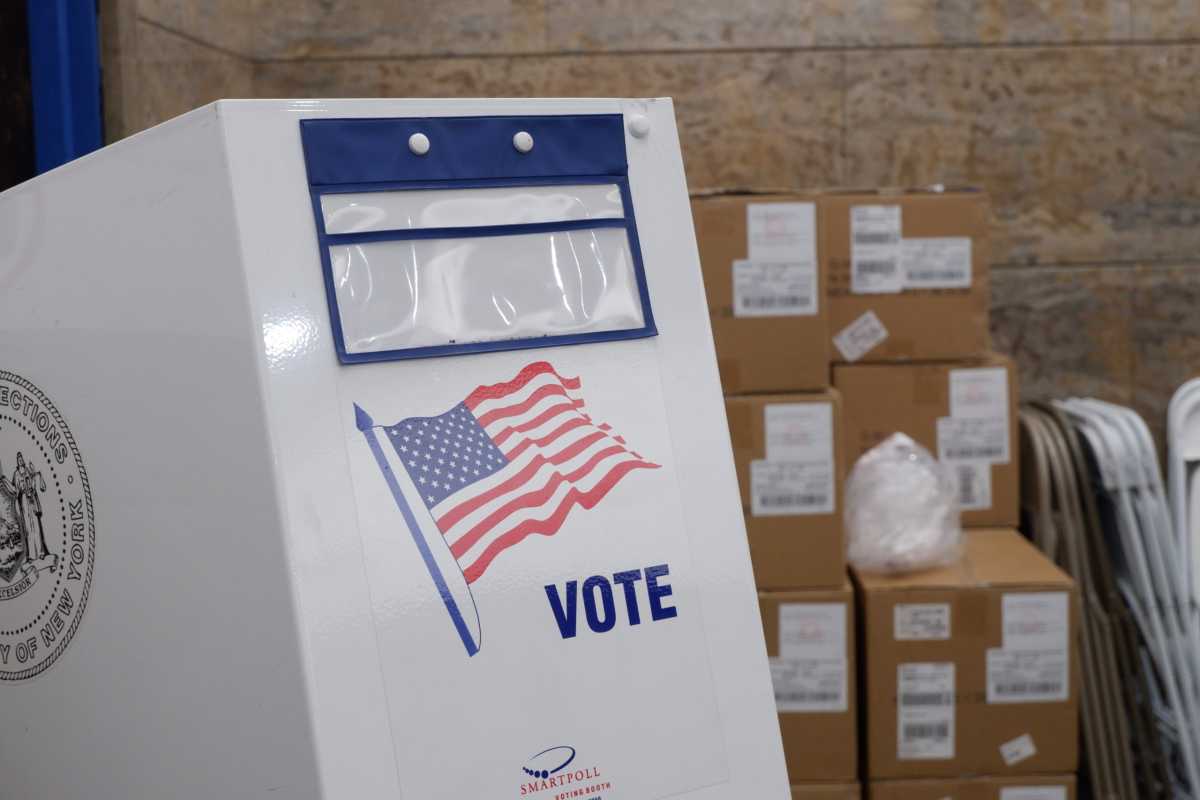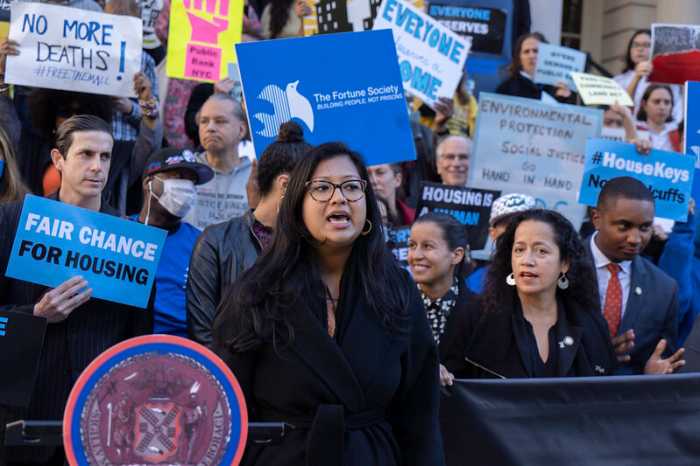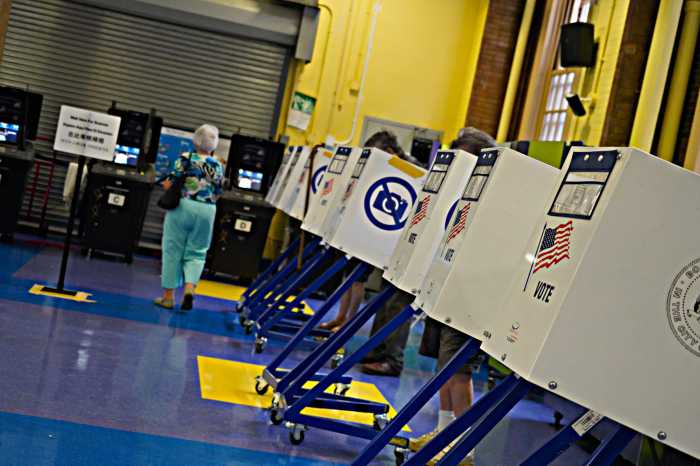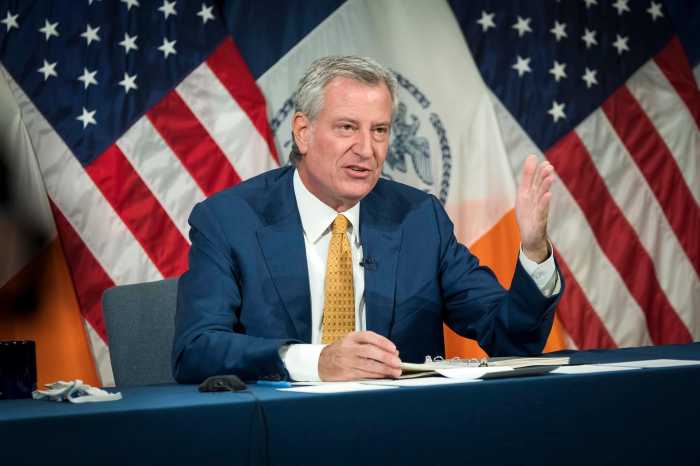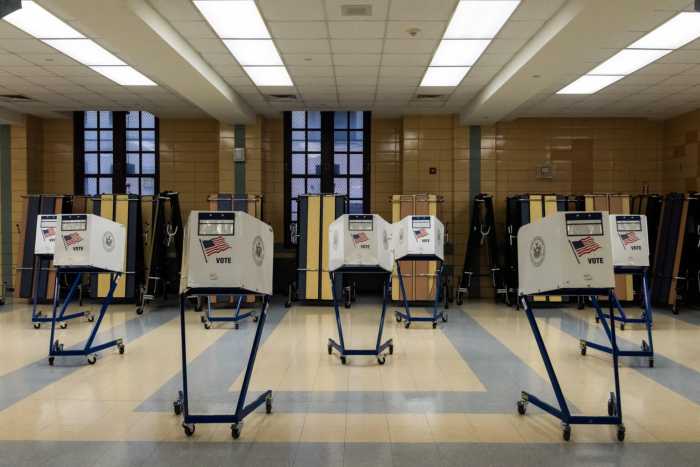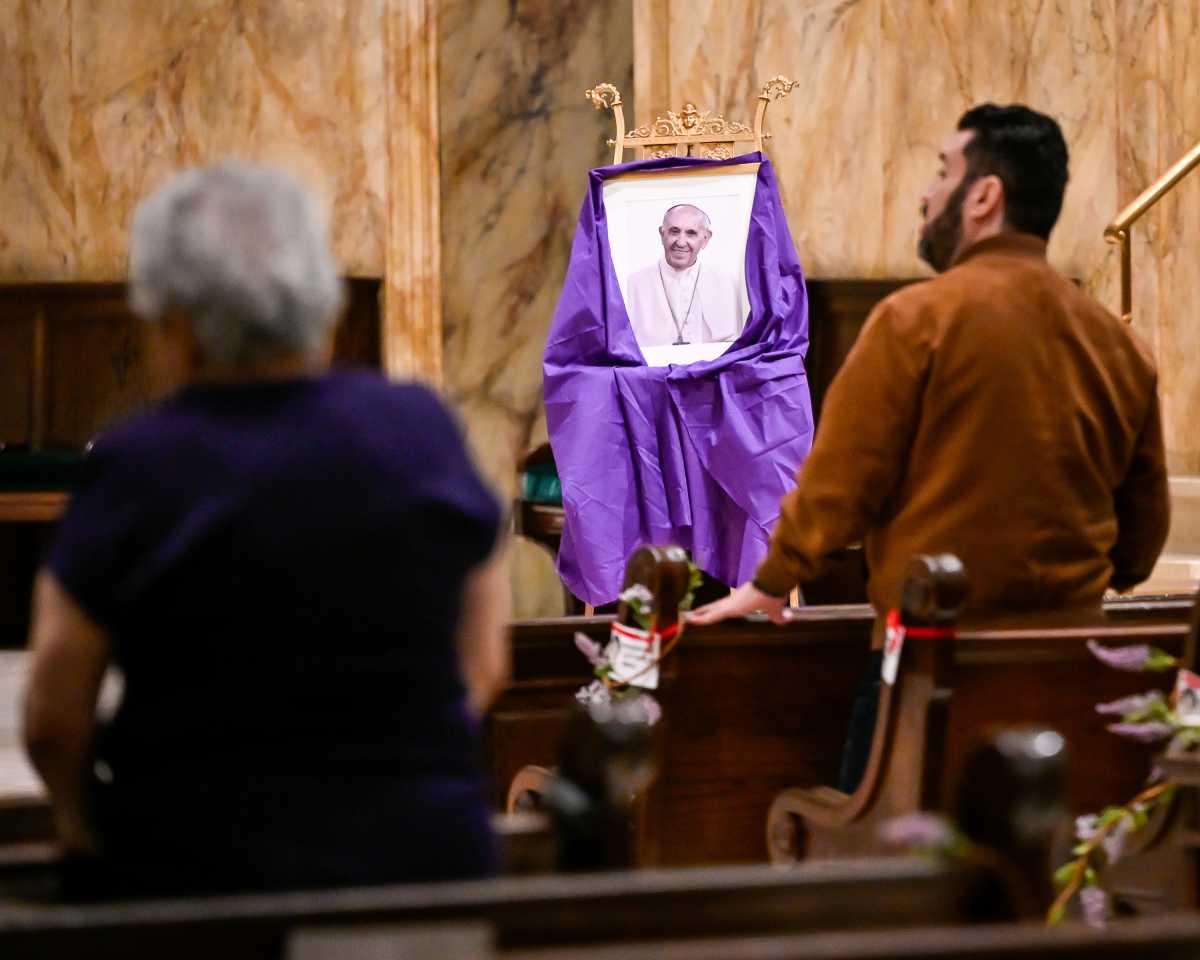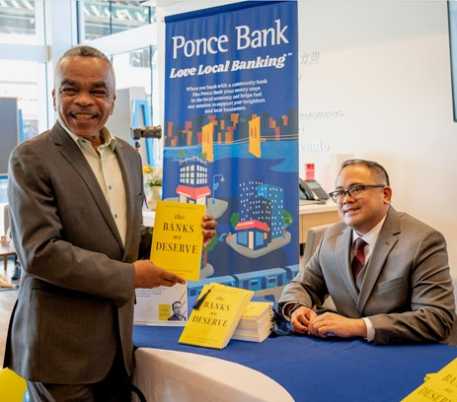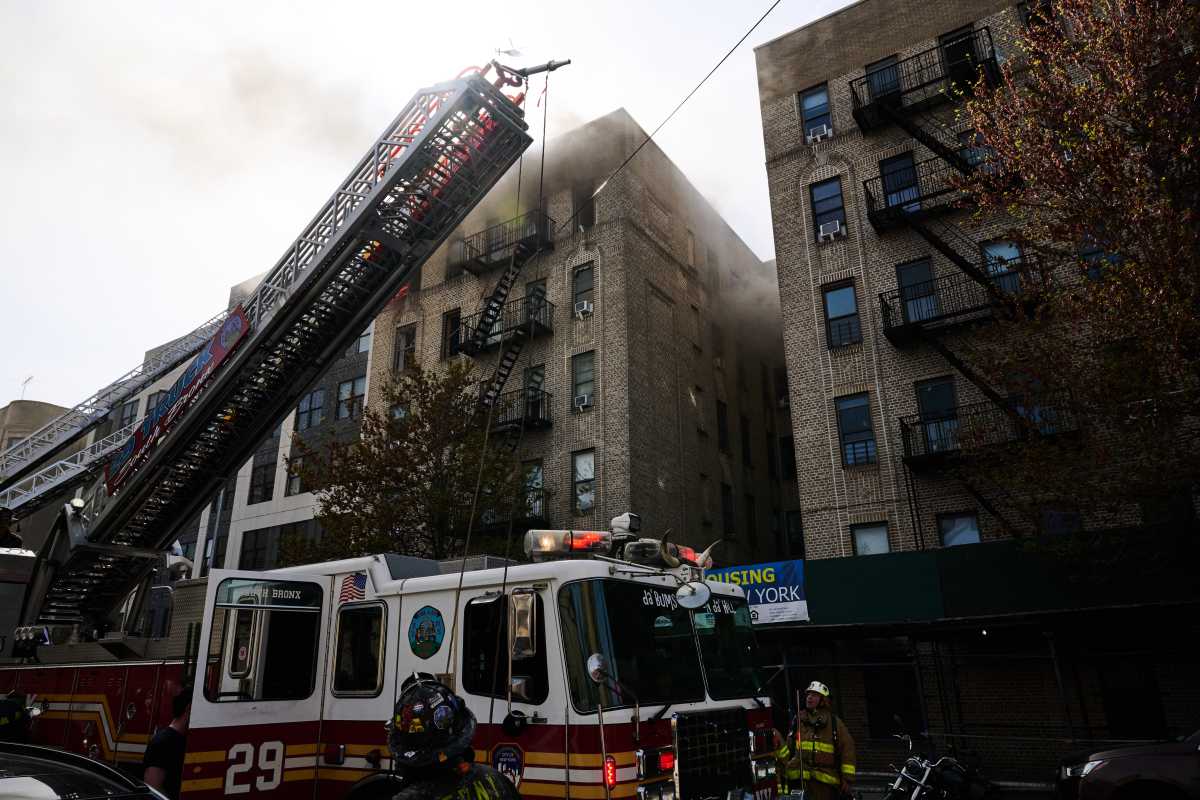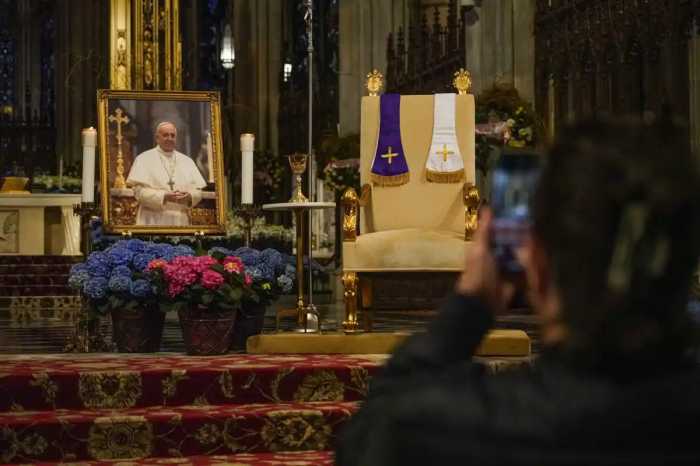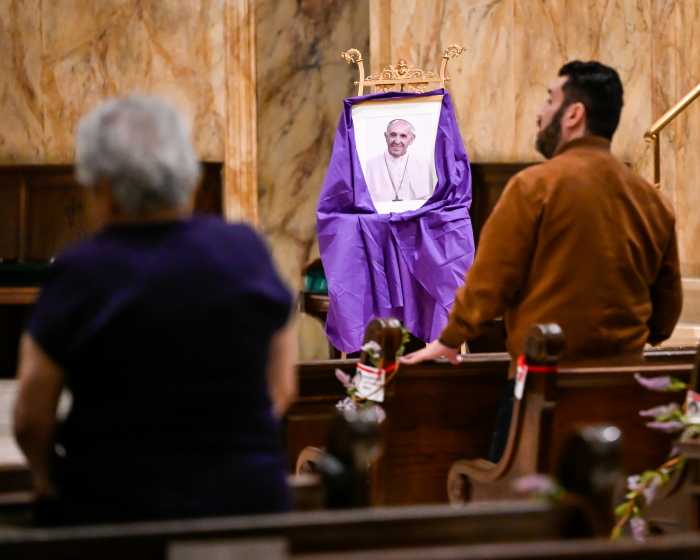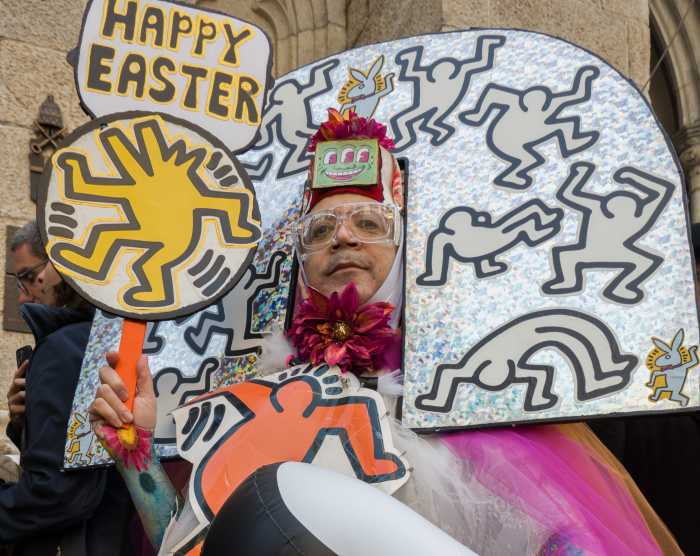Just 86,000 New Yorkers took advantage of early voting for the Nov. 7 general election, according to city Board of Elections (BOE) data — accounting for an anemic 1.9% of the Big Apple’s over 4.6 million active registered voters.
The paltry number of general election early voting check-ins nonetheless represents roughly double those who voted early in the June primary, although that figure only included party-registered voters, as New York has a closed-primary system.
Moreover, the general election early turnout was just 20% of the over 430,000 voters who cast their ballots ahead of last year’s midterm elections, where marquee races for governor, state attorney general and the U.S. House topped the ballot.
The most comparable recent election was in 2019, the first year early voting was employed in New York City. That year, just 1.14% of both active and inactive city registered voters participated in early voting, when the only major ballot items were for races for public advocate and Queens district attorney as well as five citywide ballot proposals.
This year’s general election includes races for all 51 City Council seats, several judgeships and two statewide ballot referendum questions. While all council seats are on the ballot this year, there are only a handful of competitive races.
Manhattan gets out the vote
Manhattan led the five boroughs in voters who went to the polls early during the nine-day period, with 25,540 check-ins, even though the borough has no competitive City Council races.
It was followed by Brooklyn, with 23,968 check-ins, which has two of the most competitive races in the city. Those include District 47 — where incumbents Justin Brannan (D) and Ari Kagan (R) are in fierce showdown — and District 43, a newly-drawn “Asian-opportunity” district where Democrat Susan Zhuang is facing off against Republican Ying Tan and Conservative Party pick Vito LaBella.
Queens followed with 22,183 check-ins. The World’s Borough has one very competitive race in District 19, where incumbent Republican Vickie Paladino is fighting to fend off a challenge from Democrat former-elected Tony Avella. There are a couple of other potentially heated Queens contests in Districts 20 and 23, in which Democrats Sandra Ung and Linda Lee are facing Republican opponents Yu-Ching James Pai and Bernard Chow.
The Bronx came fourth with 9,134 check-ins, quite low considering the Boogie Down has one of the city’s most watched races — the battle between incumbent Democrat Majorie Velazquez and Republican Kristy Marmorato in District 13.
Staten Island, where there are no competitive races, came last with just 5,132 early voting check-ins.
Off-year indifference
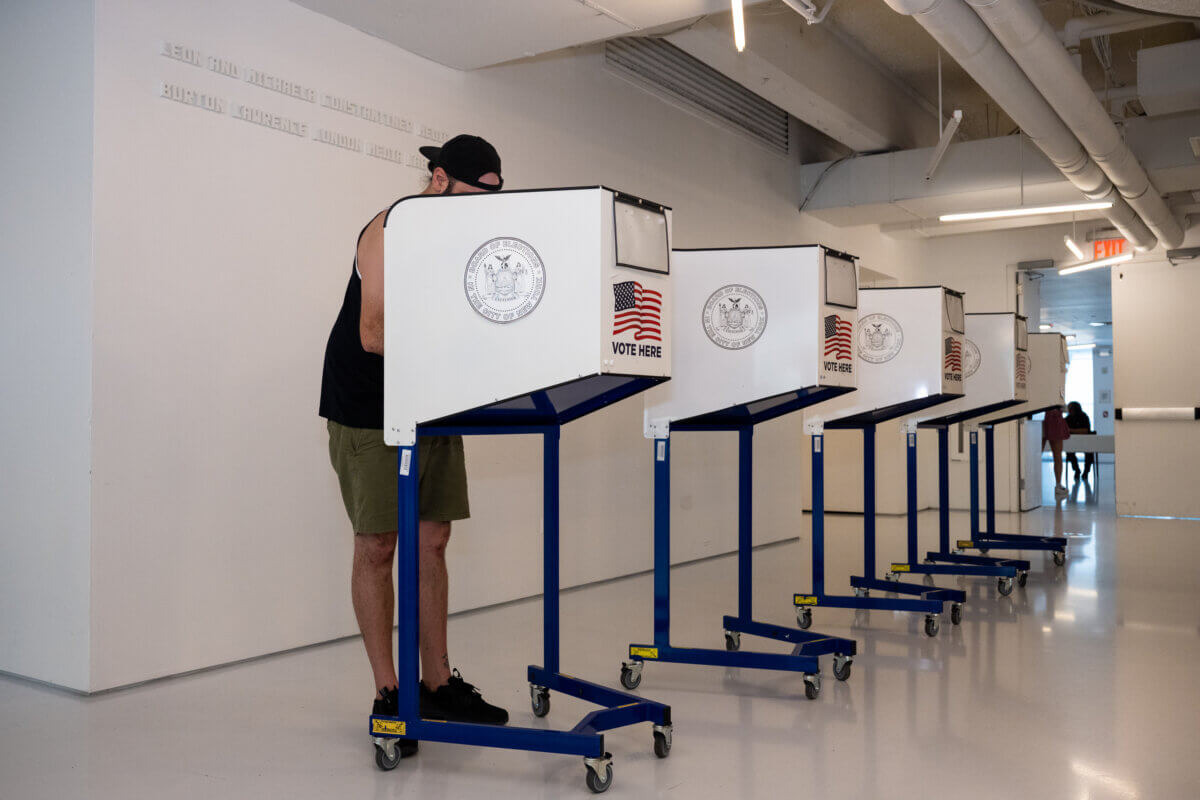
Political experts have some theories as to why so few New Yorkers took advantage of early voting for the general election this cycle.
Christina Greer, a political science professor at Fordham University, told amNewYork Metro the low early voting turnout could be due to a lack of education on the option to vote ahead of Election Day. Furthermore, she said, the framing by pundits and electeds of this year as an off-year election — as statewide and national races occur on even-numbered years — could also be depressing turnout.
However, veteran Democratic consultant Basil Smikle, who leads Hunter College’s Public Policy Program, said 2023 being an off-year election with few hotly contested races is likely the reason few New Yorkers voted early. He added this year’s races are being overshadowed by next year’s presidential election — a likely rematch between Democratic President Joe Biden and former Republican President Donald Trump.
“It’s an off year election and not a lot of heavily contested races,” Smikle said. “And because of all the conversation about what’s happening nationally with Donald Trump, with Biden and Congress, people seem to be focussed more on 2024 than 2023.”
Smikle added that many New Yorkers may not be aware of what is on the ballot this cycle considering the lack of competitive races means there is far less information out there about who is on the ballot.
“Oftentimes in these off-year elections, when you don’t have a lot of contested races, there may not be as much as we say ‘activity on the street,’ which means you’re not going to get a lot of mail, you’re not going to get a lot of phone calls and door knocks,” he said. “So that might contribute to it as well.”
Polls are open on Election Day Tuesday, Nov. 7, from 6 a.m. to 9 p.m. Find your polling place at vote.nyc.
Read more: 9/11 Hero Shares Miracle of Stairwell B Survival Story
